
Hill climbing in a re-created HWM Special
Text and photos by Steve Temple
In the aftermath of WWII, many battle-weary British soldiers returning home found relief in the exhilaration of motorsports. One postwar circuit ace was Phil Scragg, a textile industrialist and race car driver who manned the wheel of a few different Jaguars. These included the legendary Jaguar SS100 and Jaguar XK120, along with a Jaguar-powered Alta from 1950 to 1954. But his real claim to fame resulted from hill climbs, manning the wheel of a raging Jaguar-powered special that came to be known as the “Scragg Jag.”
This alluring ride was hand-built by Hersham & Walton Motors (HWM), established in 1946 at Walton-on-Thames England. Materials and fuel were in short supply back then, but that shortage actually facilitated the growth of resourceful cottage industries building custom cars. It was a time rife with innovation when enterprising privateers could beat factory teams. To meet the rapidly growing demand for nimble, competition-worthy sports cars, marques such as Allard, Lotus, and Elva sprang to life in the 1940s and 1950s — and HWM as well.
The two original owners of the firm were prewar racing drivers George Abecassis and John Heath, and they began building and racing cars in Formula 2 and Formula 1. They were also well known for Jaguar-powered specials, with their most famous being the Scragg Jag. Sporting a torpedo-shaped fuselage with cycle fenders, it ran a hopped-up XK inline-six out of the D-Type. Power-sliding his way to many victories, Scragg left an indelible impression on countless fans and became a legend in 1950s British motorsports.
HWM built fewer than two dozen cars over its seven years as a manufacturer, but the company is still in business as the longest established Aston Martin dealer, since 1951. While small in numbers, HWM specials were highly effective everywhere they appeared, and the majority of them survive today as cherished collector cars. And in replica form, too, as seen here.
The car was built by Tempero Coachbuilding, a New Zealand company best known for its high-quality, hand-crafted recreations of ’50s sports cars like the Jaguar D-Type, C-Type, and Aston Martin DBR1 (and the Testa Rossa featured on the cover of our previous issue). This marvelous reproduction of the ’56 Scragg Jag was not in its regular offerings, and it was actually commissioned by Barry Gurdler, a motorsports enthusiast well known in New Zealand. With Gurdler’s input and period photos, Tempero forged ahead with the project, built from scratch.
The chassis and aluminum body follow the original’s configuration, with a fully independent suspension both front and rear. But many of the mechanicals are from a late-1960s 420 donor, along with and a more powerful, 246 hp, 4.2-liter DOHC XK engine fed by triple SU carbs (instead of the original Webers). A four-speed manual transmission divvies up the power band. The car was built in 1988 and finished just in time for the Waimate Reunion, an historic street race held in a small rural South Canterbury town, just north of the Waitaki River.
“Straight out the box, Barry won all his races that day,” Rod Tempero recalls. “He built this car mainly because he was given an original HWM badge as a boy, by then-owner of the original HWM Alta. This car had raced in period [events] and was still being used in historic events using a Jaguar engine.”
The car’s current owner is Mike Tatro, who owns Carmichael Vintage Vehicles, and has a large and eclectic collection of mostly British vehicles and replicas. How did Mike become so enamored of cars from the U.K., and this Jaguar in particular?
“In 1999 I purchased my first Jaguar, a 1968 Series 1 1/2 E-Type OTS [open two-seater], red with black interior,” he relates. “I had owned Healeys, Triumphs, Porsches and more, but was always a fan of Jaguar. Loved their style.”
Mike attached a personalized license plate for the car, “Jagatha,” and took it everywhere, making eight or more trips to Motor Week in Monterey, plus many concours and rally events. Looking back on this endearing ride, “She never let me down,” he recalls. “Small issues, but never a major breakdown.”
Several years ago Mike decided to sell Jagatha (and she now is driving the roads of Holland), and he went shopping for a Jaguar D-Type. He found a replica from, Realm Engineering, advertised on Craigslist by a seller in Napa. It was listed for a very high price, way more than he wanted to spend, so Mike just watched it for maybe six or more months. Tired of waiting, he came up with a different approach.
“One morning I decided to write to the seller and see if he would be interested in a trade for other cars from my collection, or cars and some cash,” he notes. “To my surprise he did!”
Then Mike sent him a list of the 100+ cars in his warehouse, and he saw some he liked. Getting the D-Type involved swapping for a 1953 Ford F100 hot rod, 1963 Ford Falcon Sprint Convertible, 1967 AC Cobra replica and a 1970 Ford Mustang Mach 1.
“It was in my opinion a good trade for us both,” Mike observes. After acquiring the D-Type, he decided to build a Jaguar collection. Next came a 1953 XK120, and while searching for a C-Type, Mike came across an ad from Hyman Motor Cars in St. Louis for the HWM Jaguar “Scragg Jag.”
“I started doing in-depth research and reading everything I could find on the web about this car,” he relates. “The more I read, the more I began to think that this car would be a great addition to my collection.”
When he saw that this car was built by the respected shop of Rod Tempero, Mike knew the build quality would be equal to or greater than the one-off original. The drivetrain was also from a 1967 Jaguar E-Type, and he was already very familiar with it.
“I made a deal to purchase it from Hyman, and other than the replacement of a water hose, I have enjoyed driving this car immensely,” Mike says. “This Jaguar has a special place in my collection now.”
Like any good car nut, the search is never over though, and we’re sure Mike agrees that a C-Type would really round out his collection nicely.

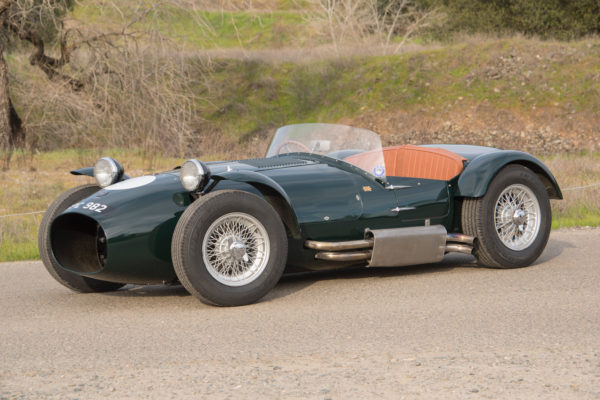
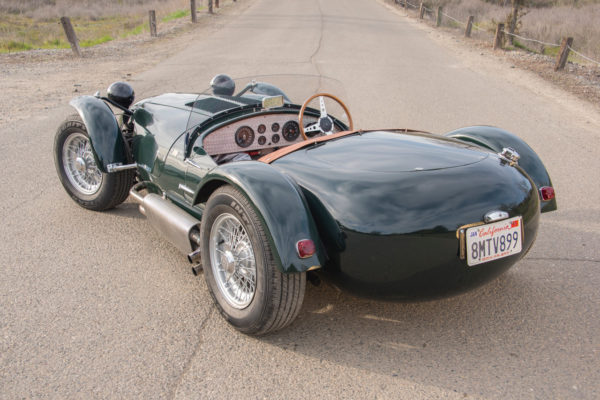
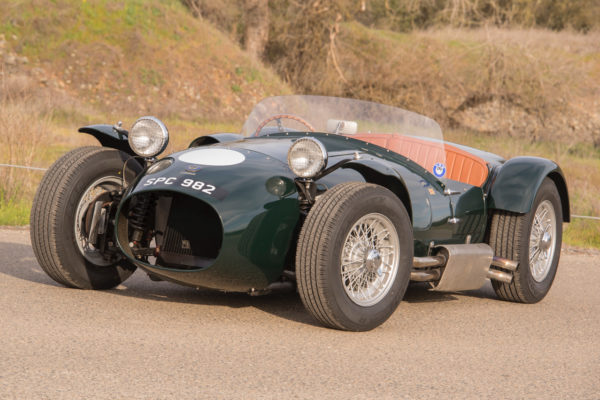
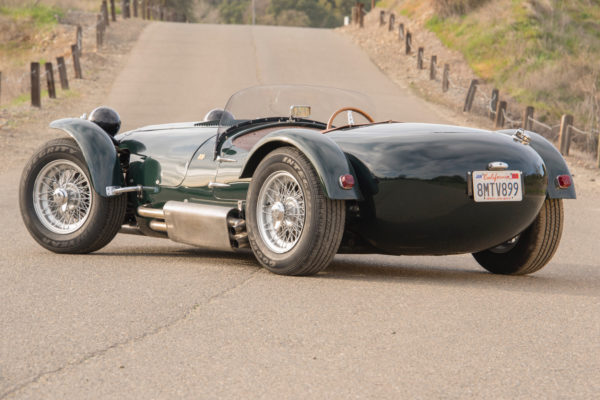
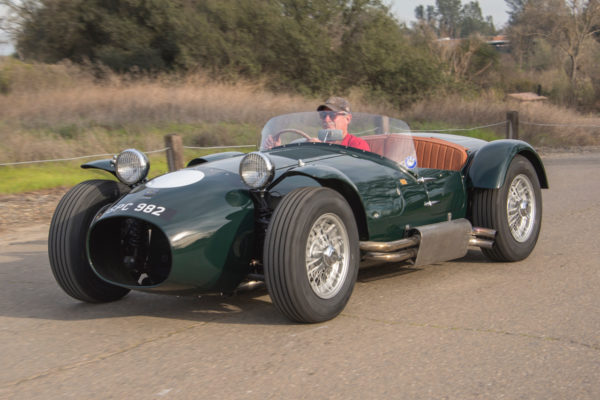
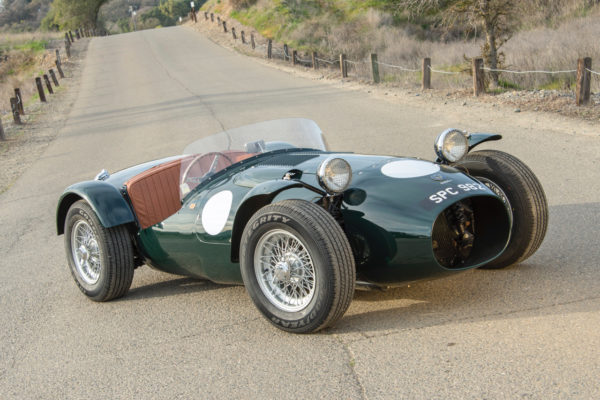
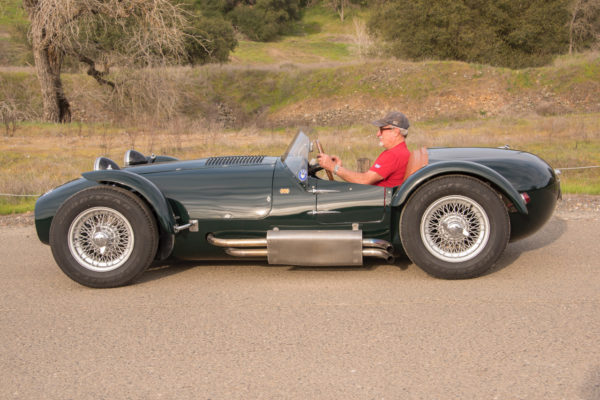
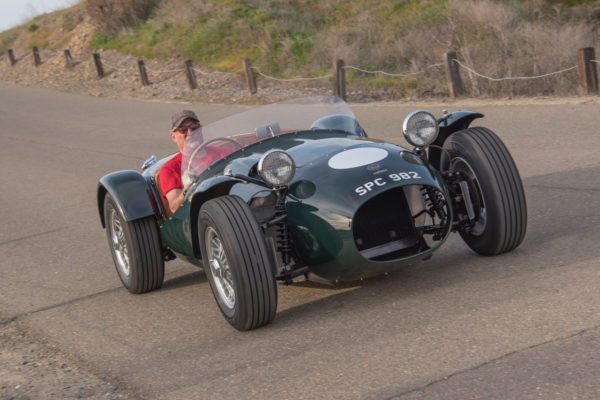
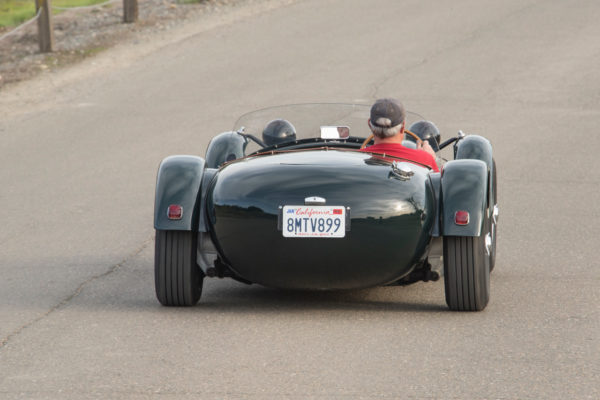
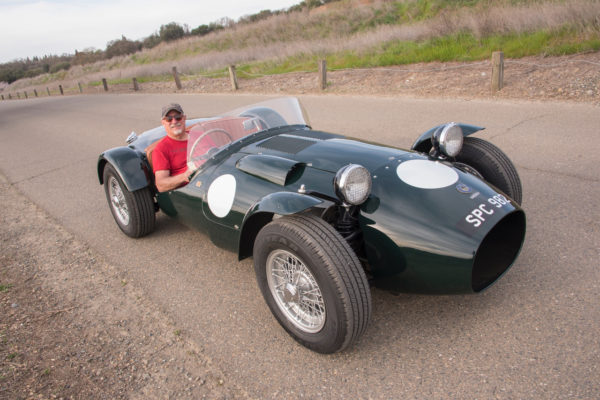
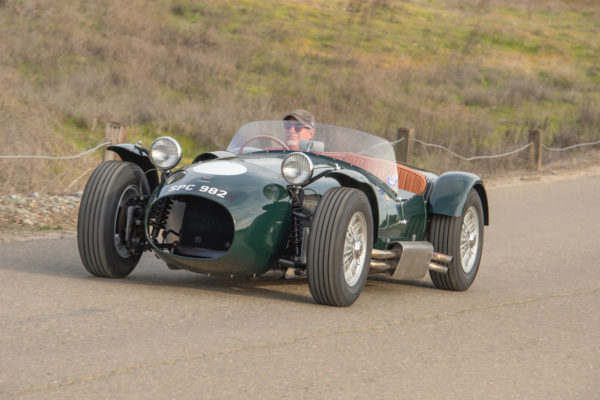
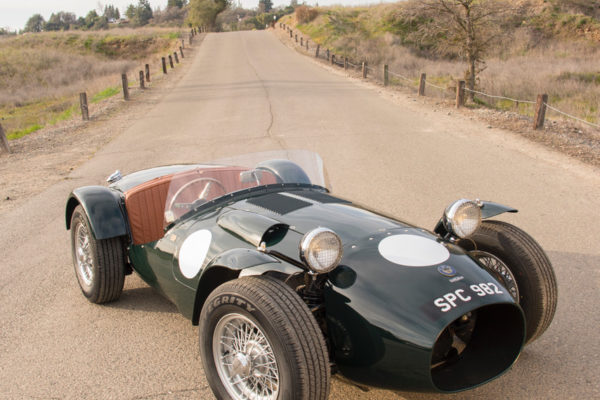
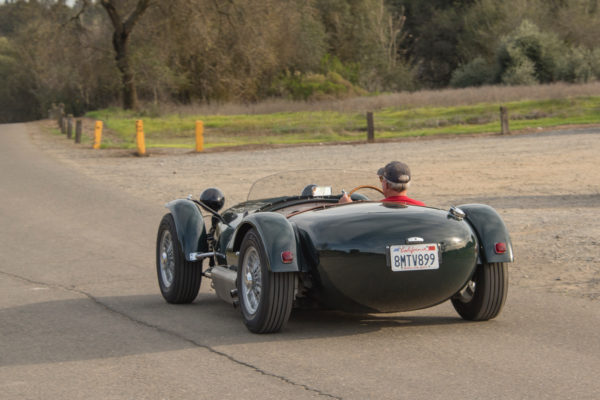
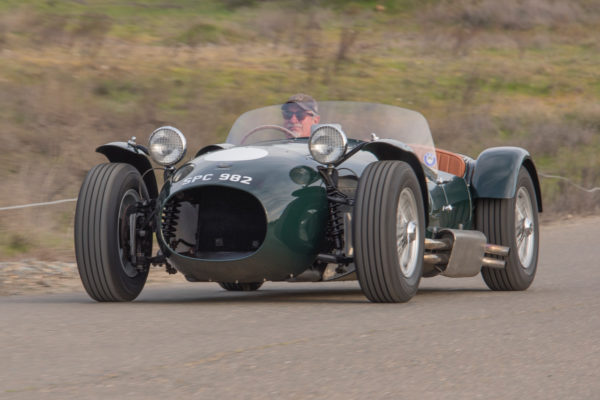
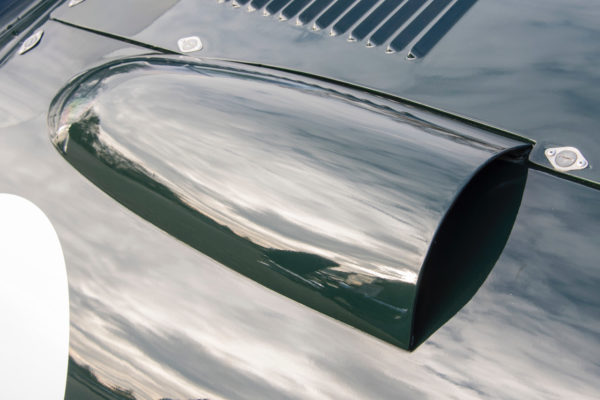
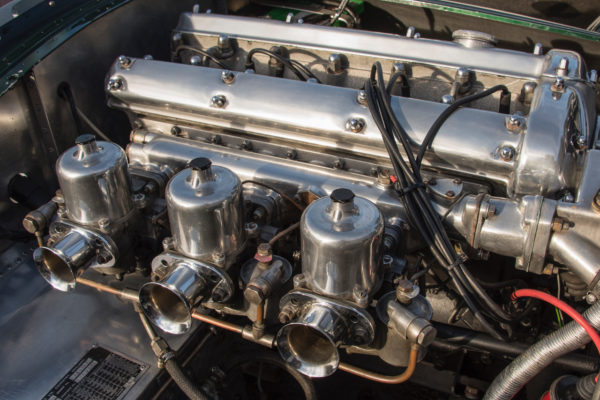
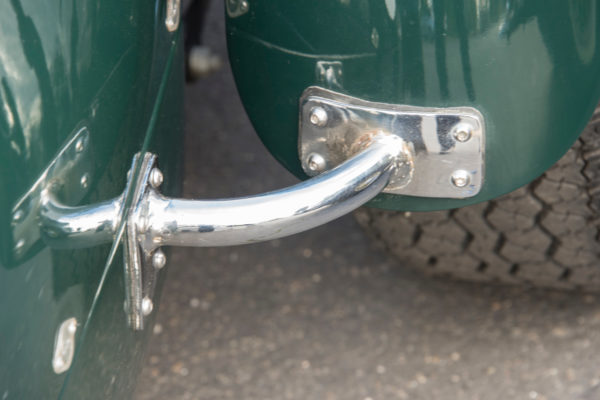
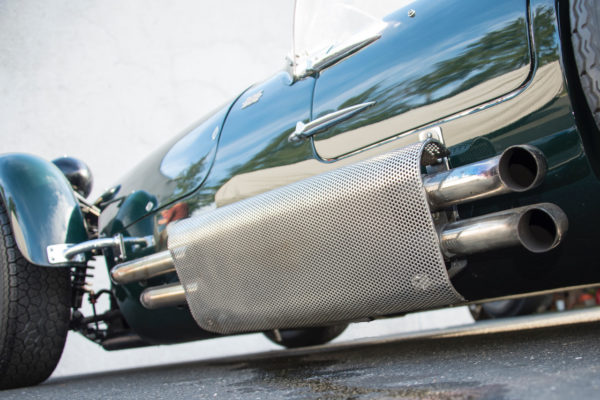
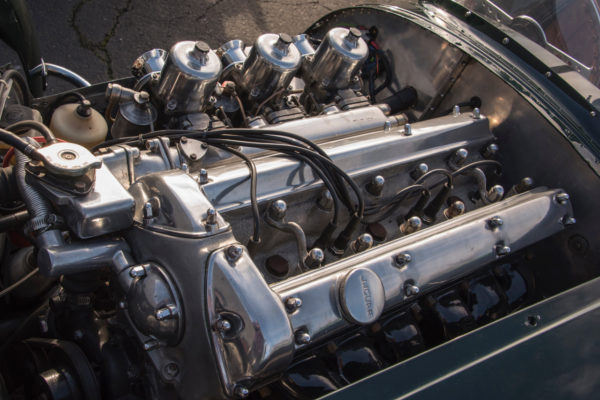
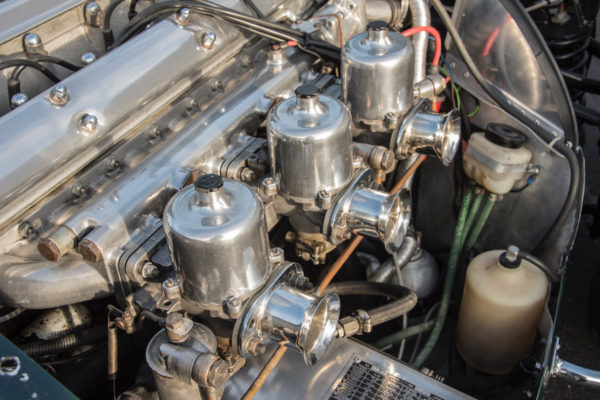
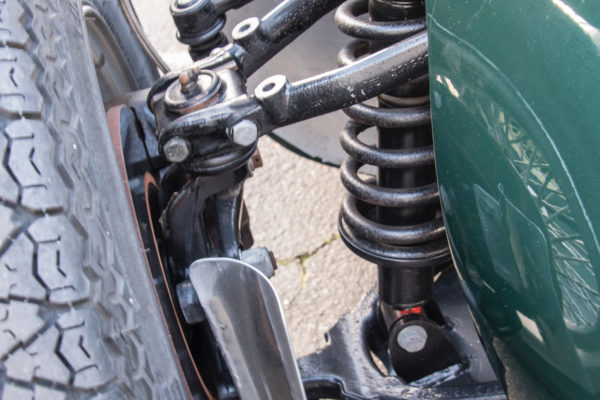
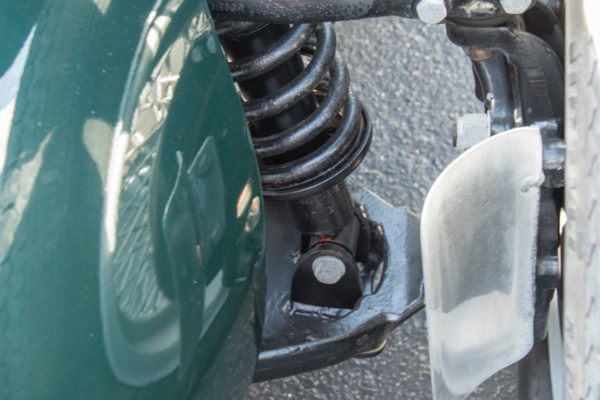
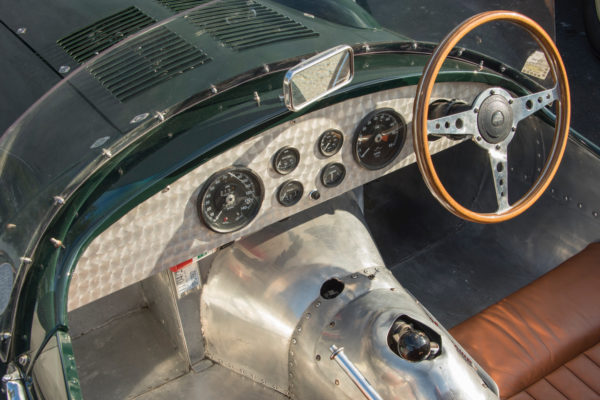
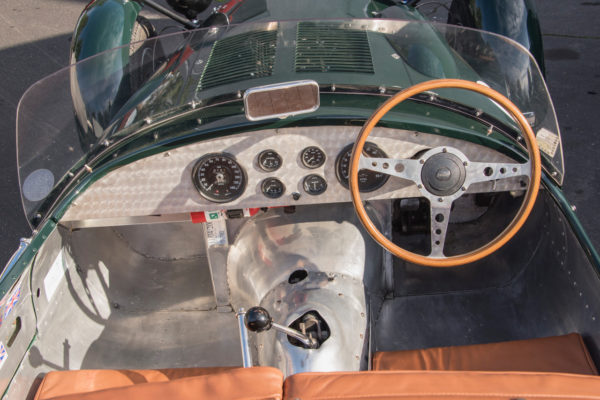
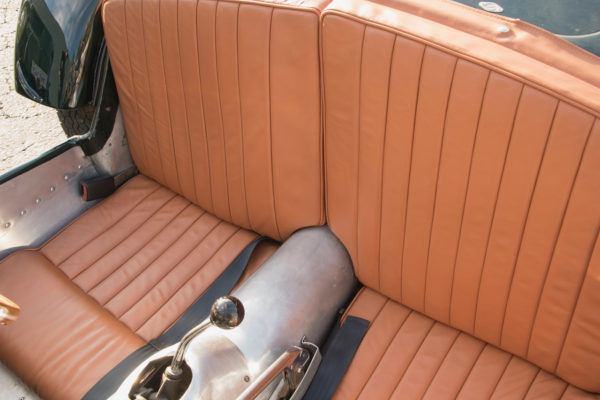
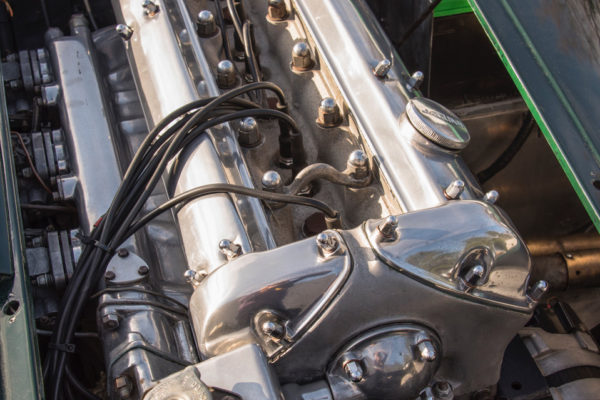
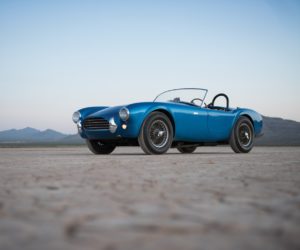
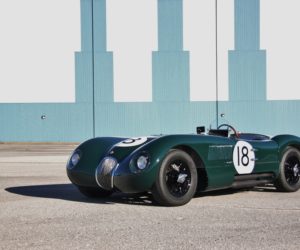
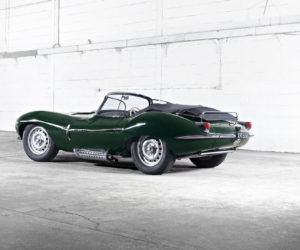
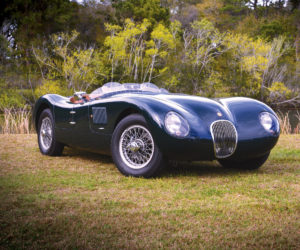
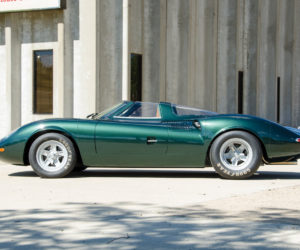
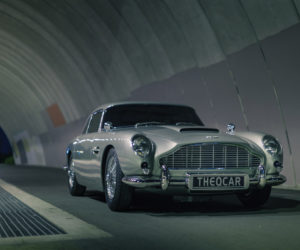




Comments for: Rebirth of the Scragg Jag
comments powered by Disqus